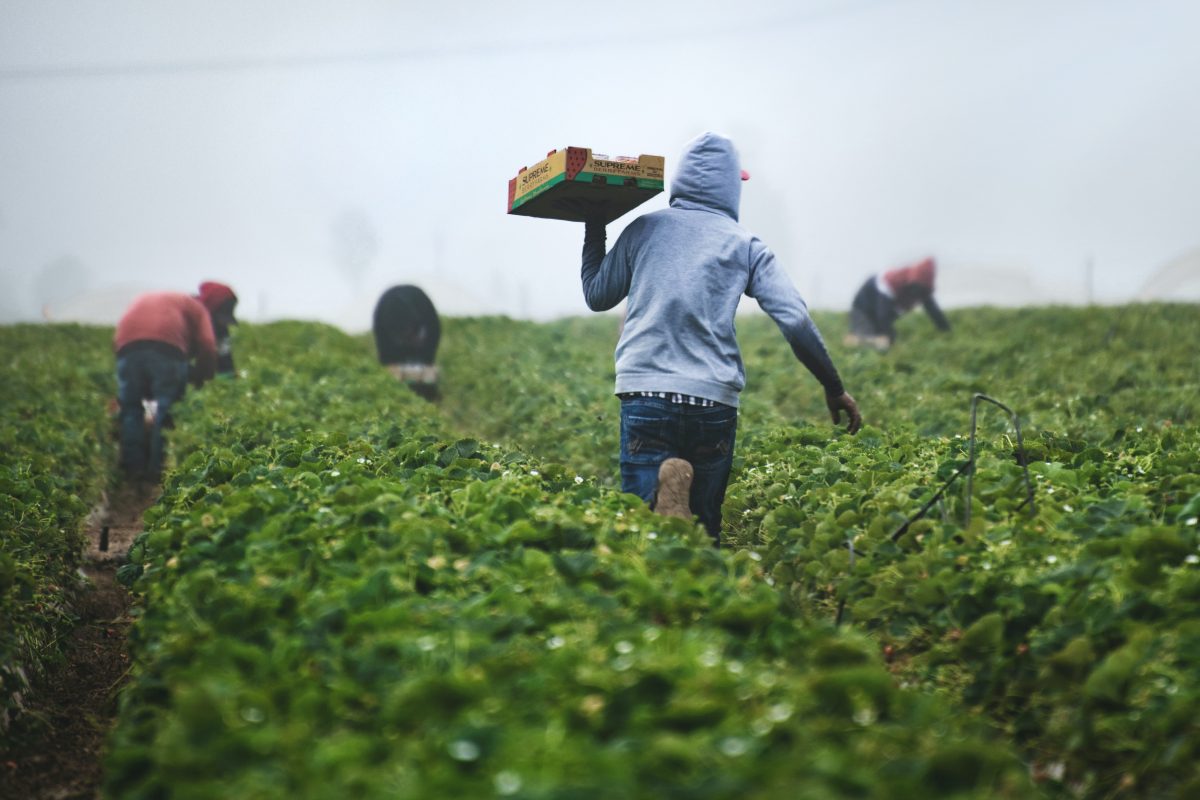
Agriculture is one of the key sectors in the Riverina-Murray economy that will be affected by the latest interest rate rise. Photo: File.
The Reserve Bank’s decision to increase the nation’s cash rate on Tuesday spells rocky seas ahead for businesses in the Riverina-Murray, despite the region being one of New South Wales’ most confident in hoping for an economic rebound this year.
Despite widespread expectations the RBA would keep the cash rate on hold, the board instead increased interest rates on Tuesday by 25 basis points from 3.60 per cent to 3.85 per cent, raising already high concerns nationwide about the potential effect a rise might have on business and consumer confidence.
Business NSW Riverina-Murray regional director Serena Hardwick told Region the rate rises added to challenges facing the entire state.
The statewide advocacy group’s latest business confidence survey showed firms across NSW were already under pressure economically, and up to 30 per cent would consider closing their doors if conditions did not improve.
That report described business sentiment across NSW as “fragile”, reflecting “the tough trading conditions currently experienced by many businesses”.
“The associated index that captures business expectations for the following quarter (suggests) that pessimists clearly outnumber optimists regarding the NSW economic outlook,” it said.
“Business confidence is negative across every industry and every region in NSW.”
Ms Hardwick said the RBA’s decision was concerning not just for its “immediate effects”, “but the fact that we already have data showing rates and inflation have already seen things slow down, particularly on the inputs side of things with steep increases in the price of electricity and gas among them”.
“Added to this is the evidence already out there that interest rates are having an effect on consumers – and not just those with home loans, but general consumption as well, which is also putting pressure on all businesses,” she said.
The February survey also showed at the state level that some 22 per cent of businesses were considering cutting staff in the next three months, 59 per cent were planning to maintain their current staffing levels and just 19 per cent were considering putting on new staff.

Serena Hardwick says there are challenges ahead. Photo: Supplied.
While nationally unemployment has been a serious concern, Ms Hardwick said in the Riverina, the bigger concern now and into the future was underemployment – or staff not receiving the hours they expected.
Despite a dire outlook in much of the state, the survey did list the Riverina as one of six regions across the state that were expecting a “rebound” this year – a hope Ms Hardwick said could be in doubt as a result of the RBA’s decision.
But she said part of the more positive outlook detailed in the survey was that the Riverina was “blessed” to have one of the state’s most diverse regional economies, from manufacturing and agriculture to education, health and defence.
Ms Hardwick said while the concerns remained real for all regions, and the Riverina was not immune to the effects of such decisions, she recognised the region also had the benefit of some $25 billion of major infrastructure projects in the pipeline, which could help local confidence.
She said the economic diversity and major projects also helped to make the region more attractive to people looking to start new businesses.
The latest regional data breakdowns from the Australian Bureau of Statistics released last year showed a marked uptick in Riverina new business starts in the year to June 2021.
Those figures showed new business starts in the Riverina statistical area were fairly steady in the years ending June 2019 and June 2020, at 892 and 872, respectively.
But new starts in the region in the year ending June 2021 jumped a whopping 20 per cent from 872 to 1046 – higher than, but closer to levels not seen since 2018, when there were 949 new starts in the region.
Ms Hardwick said that indicated the Riverina had likely weathered the effects of the COVID-19 outbreak better than other areas, partly due to the diversity of the economy as well as lower start-up costs for those looking to start new businesses.
But she said the RBA’s decision would still hit firms and consumer confidence in the local region and she could not forecast exactly how those effects might play out.
“Really, this is just another challenge that businesses everywhere have to deal with,” she said.
















